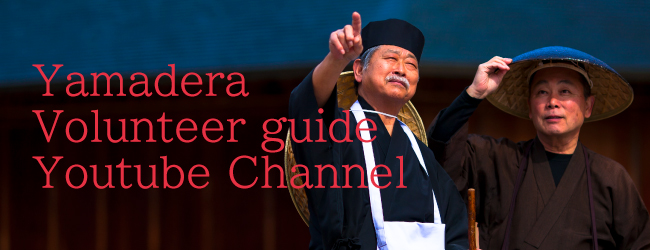Hanging scrolls
Among the items exhibited in the Yamadera Basho Memorial Museum, there are many calligraphic works featuring the writing of Matsuo Basho and his teachers and disciples on Japanese paper. In East Asia, ink brush paintings and calligraphic works are a form of visual art that is appreciated in much the same way that paintings are enjoyed. A calligraphy brush is used to draw pictures or write calligraphy in ink, and there is an appreciation for the way in which artists manipulate the calligraphy brush to create different styles of artistic expression with lines that may be bold or light, of varying thicknesses and lengths, and anything from rough and jagged to deft and smooth. The movement of the brush reflects the inner world of the artist, and a consideration of the artist behind the calligraphy may increase the viewer’s appreciation for the work.
These works are often displayed as kakejiku, or hanging scrolls. For the hanging scroll, a layer of backing paper is applied to the calligraphic work or ink painting, which is then mounted with fabric edges upon a flexible backing. The jiku, a cylindrical rod which acts as a weight and may also be used for rolling the scroll for storage, is attached to the bottom, and the kakejiku hanging scroll is hung upon the wall for appreciation. The fabric edging applied to the paper with the calligraphy or painting not only protects the work from direct contact with fingers, but also serves to “frame” and highlight the work within.
